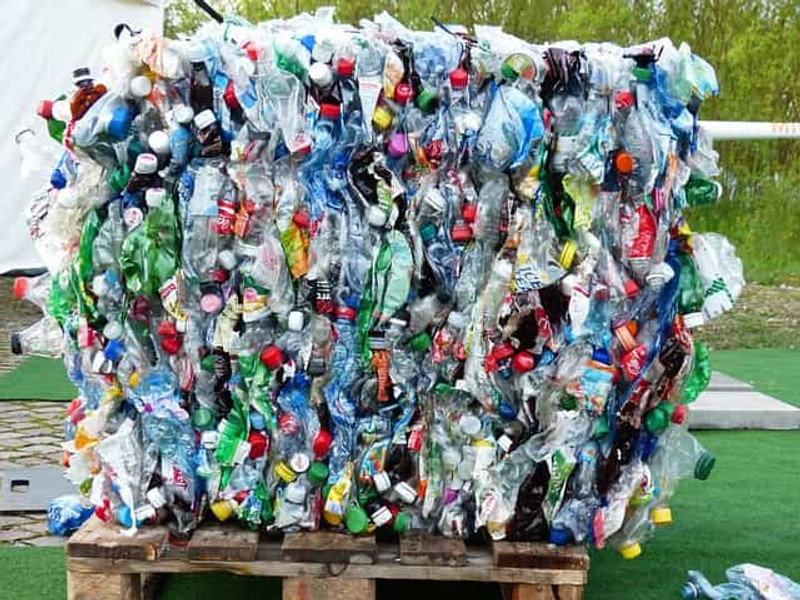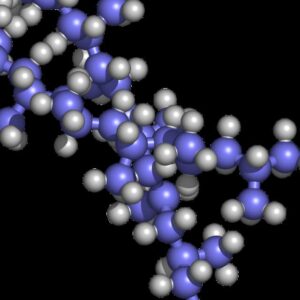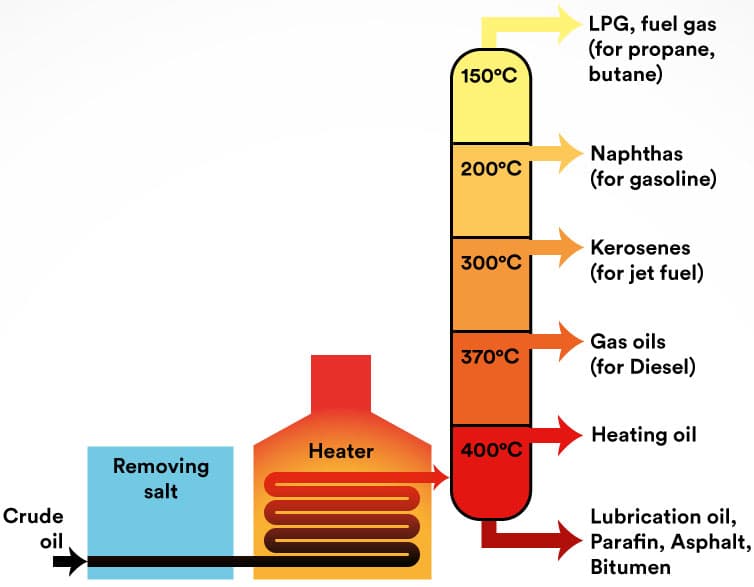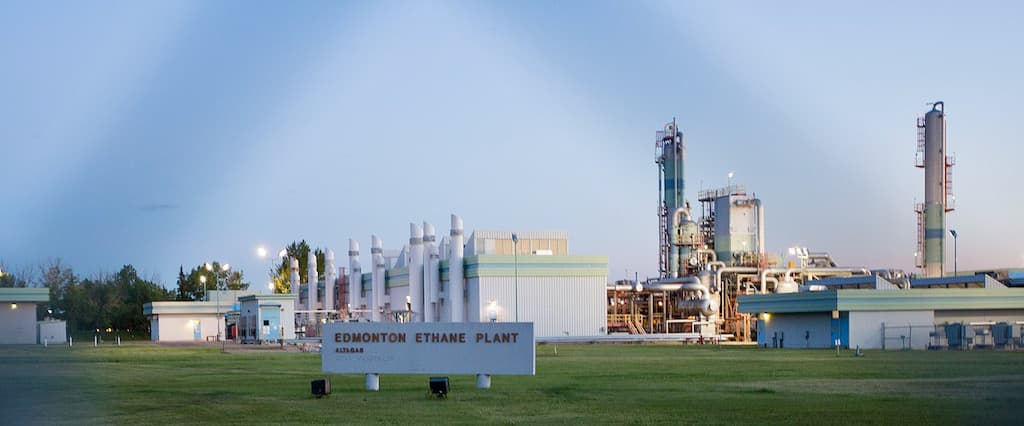
What is Plastic?
Published by Anne Altor on Jan 25th 2023
What is Plastic?
Most of us probably have dozens of items around us that are made from plastic, but what is plastic actually? And why are we so focused on helping people reduce their use of plastic? This post gives a brief overview of what plastic is and how it's made.

Polypropylene polymer
Plastics are synthetic organic materials that can be molded into shapes using heat and pressure, and that harden to retain that shape. Plastics are organic because they are hydrocarbon-based materials. They're synthetic because they are synthesized with heat, pressure, industrial chemicals and catalysts into molecules that don't exist naturally in the environment. Plastics are polymers ("poly" = many, "mers" = units). Think of polymers as chains of individual units (monomers) linked together by chemical bonds.
Plastics begin with fossil fuels. Fossil fuels formed over millions of years through the decomposition and geological processing of ancient animals and plants. Raw fossil fuels like petroleum are chemically complex mixtures of organic compounds. They must be refined in order to be used for plastic or energy.
How Plastic is Made
Fossil fuels are refined and made into plastics through the following basic steps:
- Heating and distilling to separate components by weight and volatility
- Cracking, which breaks heavy molecules into lighter ones
- Further conversion and reforming into finished products
The petroleum fraction used to make plastics is the Naptha fraction. Napthas are volatile, flammable liquids that distill out at relatively low temperatures. They are also feedstocks for gasoline:

Oil distillation fractions. Source: Wikimedia Commons
After distillation, napthas are "cracked" into smaller molecules (monomers) like ethylene and propylene, which are the feedstocks for plastics. Cracking is extremely energy-intensive. During cracking, hydrocarbons are mixed with steam at high pressure and temperatures of up to 850°C, then quickly chilled and separated. Less-desirable compounds are burned off during this process, leaving more valuable small molecules behind. These molecules are then polymerized, meaning they're chemically bonded into polymer chains (polyethylene, polypropylene, etc). From here, the polymers are made into pre-production plastic pellets, or "nurdles."

Edmonton Ethane Cracking Plant. Image by Mack Male on Wikimedia Commons.
Nurdles are shipped around the world to be used as the raw materials for packaging and other finished plastic products. Plastic pellets are a major source of global pollution in rivers, lakes, oceans and the environment at large. The pellets absorb pollutants, and wildlife from birds to turtles mistake them for food and ingest them.

Plastic pellets (nurdles) on a beach. Image by hockadilly, Wikimedia Commons
Why Don't Plastics Biodegrade?
Plastics are organic molecules, so why aren't they biodegradable? Organic plastic polymers made by cracking and polymerization are not found naturally in the environment. Decomposers such as fungi and bacteria don't have metabolic pathways for breaking down these molecules. In addition, it takes large amounts of energy to break the bonds that hold plastic molecules together. The enzymes used by decomposers to break down food don't recognize or act on these bonds. Plastics have been around for just over 100 years, and microorganisms haven't yet evolved to use them as food.
You may have seen "rotting" plastic, which looks like it's decomposing. Such plastic is just disintegrating into smaller pieces (microparticles). These microparticles end up in the oceans and other waters, in the soil, and in the blood and bodies of animals (including humans!). Side note: microfiber clothing and other textiles are a major source of plastic pollution worldwide.
Keep Tuning In!
In upcoming posts we'll talk about different types of plastics. We'll also explore options and limitations for plastics recycling. In the mean time, check out our eco-friendly hair care and body care options to reduce your everyday use of plastic!
